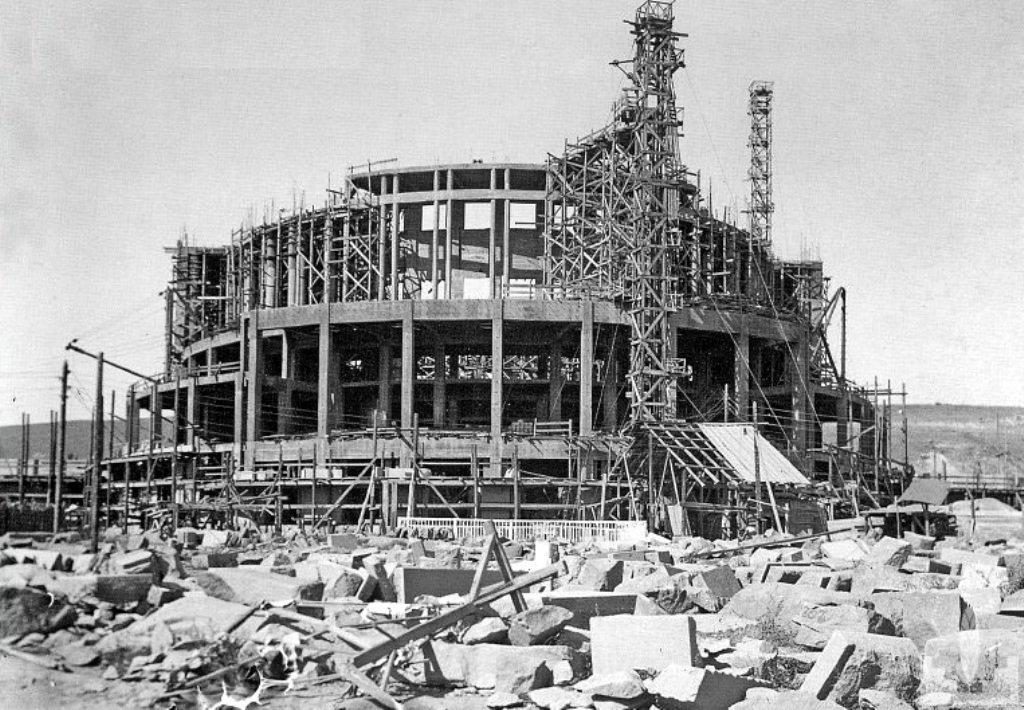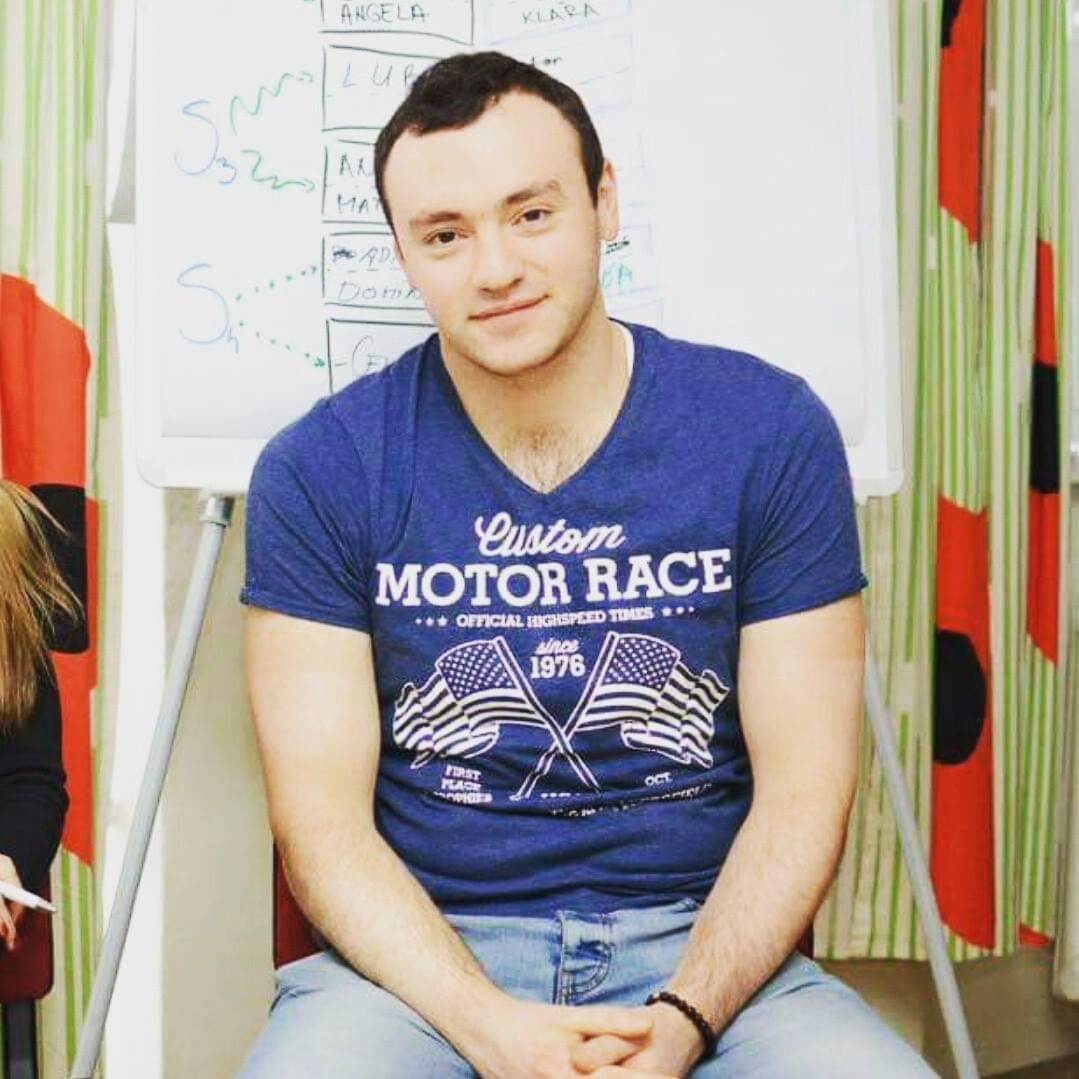
While Yerevanstis were focused on the Spendiaryan National Academic Theater of Opera and Ballet and, especially cafes located nearby, I tried to dive deeper into this question and imagine what was historically located here in this controversial area.
In 1926, a decision was made to build a national home in Yerevan (which is the current Opera House), corresponding to Yerevan’s size and needs. Alexander Tamanyan was chosen to be the architect of the city. The selection of the place was done according to the plan of Yerevan. The landslides of the Northern Avenue seemed to be out of the busy parts of Yerevan. It was even difficult to imagine that this area would become part of the city’s public center.

Sayat-Nova – a street which is a little bit far from the gardens, was once called Church Street, since some of the oldest and most famous churches in the city were located here. We already know about the chapel of Gethsemane, but the Katoghike Holy Mother of God church was also located here, at the intersection of Abovyan and Sayat-Nova streets. This is the oldest church in Yerevan. This little thirteenth century church seems to be an example of historical justice. The point is that the church had transformed its dimensions in the 17th century and became a large basilica church. During the Soviet era, it had to be demolished so that another building could be built in its place. The large hall was demolished, and only the chapel remained—a 13th century dome-like cathedral.
I think you all may know that the other street passing through here, Abovyan, was once called Astafian. However, few know its original name – Fortress -because it stretches to the Fortress of Yerevan. The fortress originally started from the current municipality of Yerevan and stretched to the Zangvi Gorge where the Noy Factory is now located. Let me also note that Abovyan was the first street to have been drawn. In 1856, during the construction of the city of Yerevan, this street became the center, where the houses of elite representatives were built, combined with classical, Russian and European architectural solutions.

For example, this building-masterpiece located at Abovyan 3 belonged to well-known surgeon, Hovhannes Hovhannisyan. The second floor functioned as a surgical station.

This period of time was crucial for the transformation and construction of the city of Yerevan. This was when when the city with eastern style transformed into a beautiful scene with Russian, Western, classic and Armenian architecture. Despite the fact that the buildings in this district have not been preserved in Yerevan and officially we have no cultural old city, we still need to work toward presenting them correctly.



Be the first to comment